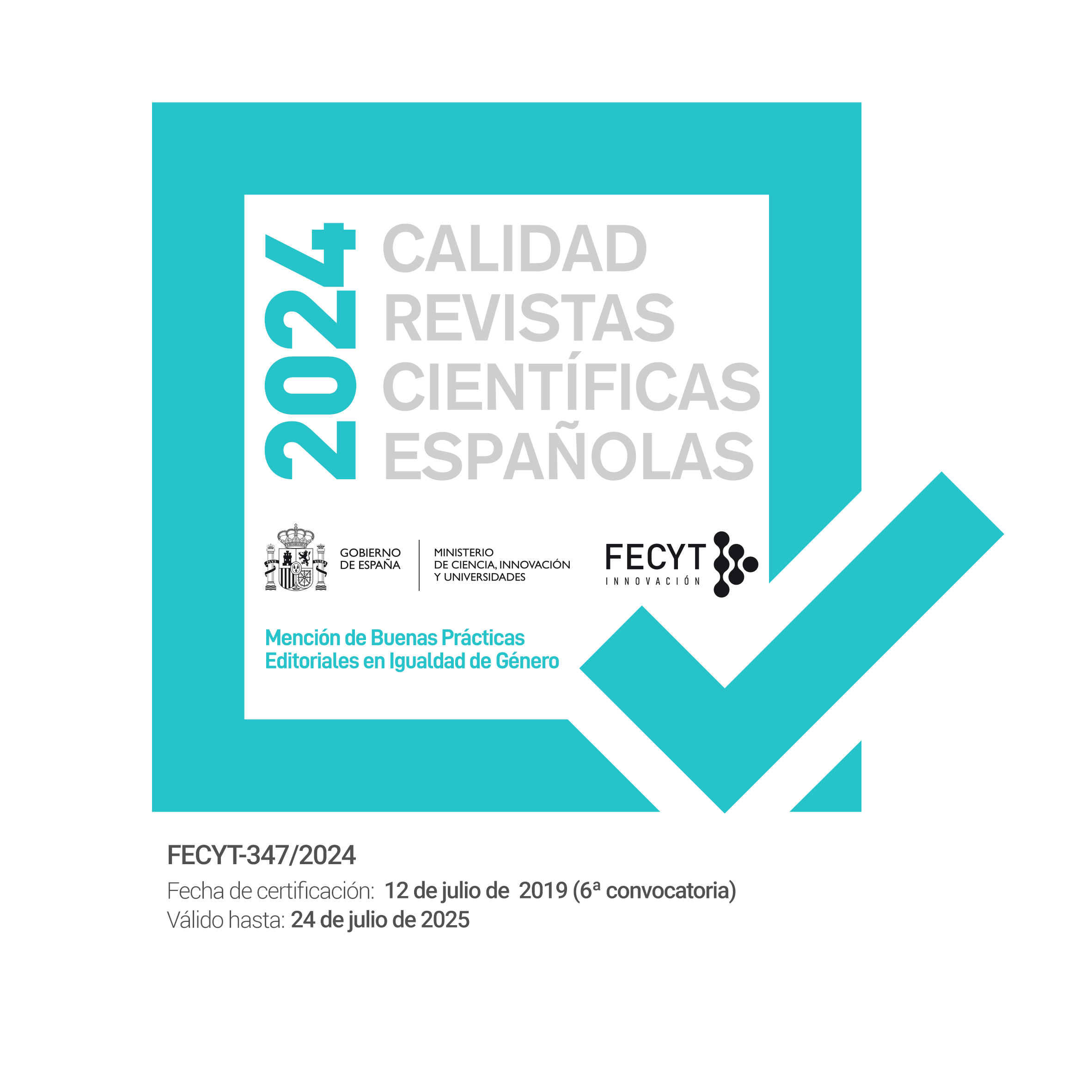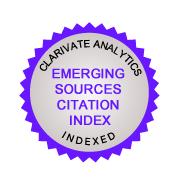El triunfo sobre la idolatría como victoria sobre el Islam: Nuevas consideraciones sobre el caballero victorioso en el románico hispano
DOI:
https://doi.org/10.5944/etfvii.25.2012.9283Keywords:
Escultura Románica, Caballero Victorioso, Iconografía guerrera, IslamAbstract
Este artículo analiza la representación románica del caballero victorioso y su papel en el contexto de la lucha contra el Islam. Algunos detalles permiten interpretar a la figura derrotada como una representación del musulmán orante, cuya fe era considerada idolátrica. El análisis de la percepción cristiana del musulmán permite relacionar la idea de triunfo sobre la idolatría evocada por el jinete con la ideología de la guerra sacralizada de la época. Todo ello lleva a la interpretación de la figura ecuestre, tradicionalmente identificada con Constantino, en un sentido simbólico más amplio y ligado a su contexto político-religioso.Downloads
Download data is not yet available.
Downloads
How to Cite
Monteira Arias, I. (2013). El triunfo sobre la idolatría como victoria sobre el Islam: Nuevas consideraciones sobre el caballero victorioso en el románico hispano. Espacio Tiempo y Forma. Serie VII, Historia del Arte, (25), 39–66. https://doi.org/10.5944/etfvii.25.2012.9283
Issue
Section
MISCELÁNEA
License
Authors who publish in this journal agree to the following terms:
- Authors retain copyright and grant the journal right of the first publication with the work simultaneously licensed under a license Creative Commons Reconocimiento-NoComercial 4.0 Internacional that allows others to share the work with an acknowledgement of the work's authorship and initial publication in this journal.

- Authors are able to enter into separate, additional contractual arrangements for the non-exclusive distribution of the journal's published version of the work (e.g., post it to an institutional repository or publish it in a book), with an acknowledgement of its initial publication in this journal.
- Authors are permitted and encouraged to post their work online (e.g., in institutional repositories or on their website) prior to and during the submission process, as it can lead to productive exchanges, as well as to earlier and greater citation of the published work (See The Effect of Open Access).








